Who is Bob Vila?
Robert Joseph “Bob” Vila was born on 20th June 1946, in Miami, Florida, USA, and is known for being the host of “This Old House” and “Bob Vila’s Home Again”. With an impressive TV career spanning decades, it’s little surprise that Bob, also a prolific director and actor, is worth tens of millions of dollars in his golden years.
Despite a lack of information about Bob’s parents, we do know that his father built the family home from the ground up when the future celebrity was just a child. After matriculating from Miami Jackson Senior High School, Bob studied journalism at the University of Florida, and volunteered in Panama for the Peace Corps between 1971 and 1973.
“This Old House”
Home restoration clearly runs in Bob’s family, as in 1978 he received that year’s “Heritage House” award by Better Homes and Gardens for his impeccable work on a Victorian Italianate house in Massachusetts.
https://www.instagram.com/p/CbAxb-hOYTS/
Just a year later, he was hired as the host of “This Old House” and worked renovating homes with Norm Abram and others.
Originally, the show renovated older, more modest properties, with the homeowners pitching in and doing some of the hard work. One of the show’s most legendary projects was the renovation of Weatherbee Farm thanks to Bob and his colleague Norm’s disputes with the homeowners, with Bob remarking at the end that they could’ve done more sweat equity. Later on, the show evolved and began working on higher-end homes, with more help from tradespeople and expert contractors.
Why exactly did Bob leave “This Old House” after a decade of hard work? Commercial endorsements played a big part in his departure: Rickel, a New Jersey-based chain of home-improvement centers, was sponsoring the TV personality, which led to their competitors Home Depot and Weyerhaeuser refusing to provide further underwriting services for the show.
A disagreement with the production team led to Bob being replaced by Steve Thomas shortly afterwards, perhaps an understandable decision given that by 1989, Weyerhauser had donated well over a million dollars to the program.
Steve, who hosted the program until 2003, was considered a breath of fresh air. After Bob’s departure, cast members commented that the former host took up too much screen time and said that the show became “more of an ensemble production” after he was replaced.
For its 30th anniversary season, “This Old House” teamed up with the charity Nuestra Comunidad to renovate a foreclosed property in Roxbury, Boston. The non-profit development corporation acquired the home from a bank foreclosure, and works to help struggling homeowners in the area. To celebrate the show’s 40th season, some episodes revisited the most notable projects, with tours provided by the original homeowners.
https://www.facebook.com/ThisOldHouse/photos/10158245313196513
During Bob’s time on the show, “This Old House” won five Emmy awards and averaged 11 million viewers. With time, it would go on to receive 12 more Emmys, spawn spin-offs such as “The New Yankee Workshop”, and launch a magazine and website. To date, the home improvement series is one of the WGBH’s most popular programs, and viewers will be pleased to know that as of 2021, all 1,500 episodes of “This Old House” and “Ask This Old House” are available through Roku streaming products too.
1989 Onward
After cutting ties with the team of “This Old House”, Bob became a spokesman for Sears and appeared in commercials promoting the tools brand Craftsman. Due to a dispute between the host and the company, the partnership ended as of 2006.
The 1990s were the beginning of a new era for the TV personality, as he began hosting “Bob Vila’s Home Again”, which was renamed “Bob Vila” in 2005.
The home-improvement program ran for 16 seasons in syndication, before being cancelled by CBS Television Distribution due to low ratings; however, fans of the now-defunct show can still see it in reruns.
Branching out into acting, Bob was also seen in episodes of the long-running sitcom “Home Improvement”. Working alongside Tim Allen and other industry greats, Bob played himself in a fictional show within the sitcom named “Tool Time”. In 1993, he made a cameo in the comedy “Hot Shots! Part Deux”, and he’s also been spotted on the Home Shopping Network selling tools under his own self-titled brand which was founded in 2016.
Another of Bob’s talents which often goes unnoticed is his ability as an author. Since the 1980s, the host has prolifically churned out books such as “Bob Vila’s Toolbox: The Ultimate Illustrated Guide to Portable Hand and Power Tools”, “Bob Vila’s Lawn Care Guide”, and “Bob Vila’s Guide to Buying Your Dream House”.
A fan favorite is his five-part series of historic homes around the states.
Productions
Bob’s lesser-known production works include “In Search of Palladio”, “Restore America”, and “Guide to Historic Homes of America”.
The first program was produced for A&E, and consisted of a six-hour study split into three episodes, of the 16th-century architect Andrea Palladio and his lasting influence on home design. The first episode, “Villas of the Veneto”, visited historical buildings such as Villa Pisani in Montagna, Villa Cornaro, Villa Emo, and La Rocca Pisana. A descendant of Villa Pisani’s original owner guided Bob around the impressive property, while the host described Villa Emo as “the most dramatic farmhouse ever built”.
The second episode, “The Palladians in England and Ireland”, captured Andrea’s influence in London, Somerset, Ireland, and Northern Ireland, with some of the featured buildings including Castle Ward, Royal Crescent, Marble Hill House, and Chiswick House. An honorable mention goes to Casino at Marino, which Bob dubbed “the architectural equivalent of a Fabergé egg”.
Finally, the third episode explored Andrea’s impact in America centuries after his death. Filmed in Philadelphia, Massachusetts, New York, Connecticut and Indiana, Bob showed viewers the wonders of properties such as the Jeremiah Lee Mansion and the Boscobel House Museum, which was demolished but many items purchased in 1955 for $35, then painstakingly restored. Finally, Bob wrapped up the program by taking the audience on a tour around the University of Notre Dame’s architectural school.
“Restore America”, which aired on HGTV in 1996, was comprised of 50 one-hour segments exploring building restoration and historic preservation in each of the states. Bob provided viewers with a fascinating and enriching experience, sharing his passion and guiding them through some of his favorite properties.
Perhaps the most popular show of the three, “Guide to Historic Homes of America” was divided into four two-hour segments, with each focusing on one of the US’s major regions.
https://www.instagram.com/p/CZxCArvKWC3/
The first segment set in the Northeast, touched on the Morris-Jumel Mansion, Dyckman House, Hancock Shaker Village, and Portsmouth’s Strawbery Banke restoration. While visiting the mid-Atlantic states in the second part, Bob showed viewers the wonders of the William Paca House, Baltimore’s Homewood House, and the Decatur House on President’s Park to name a few.
Southern viewers greatly enjoyed the third segment, in which Bob showed off the ten residential pavilions surrounding the University of Virginia, the restoration of a unique octagonal home based in Poplar Forest. Stanton Hall, and an unfinished Samuel Sloan property was also featured, along with a federal architecture mansion with a panoramic view of the Mississippi River.
Last but not least, the Mid-west and West segment showcased prime properties including Ellwood Home, Dana-Thomas House, the Cooper-Molera Adobe owned by the National Trust for Historic Preservation, and some of Willi Polk’s best works.
Architecture fanatics also raved over Tor House, which was built by Robinson Jeffers overlooking the Pacific Ocean.
Although viewing figures weren’t high, Bob’s supporters greatly appreciated the documentaries, which were well-received by niche audiences.
Personal Life
Bob and Diana Barrett – a Harvard Business School graduate – married in 1975 and went on to have three children. As of 2022, Diana serves as the founder and president of the philanthropic organization The Fledgling Fund, which previously supported socially impactful documentary films and indie projects.
Diana’s other achievements include being a member of the Peabody Awards board of directors and having taught at the Harvard School of Public Health and Harvard University Business School. Cutting a discreet figure, she has never given interviews pertaining to her personal life, keeping things strictly business-focused whenever she speaks in public.
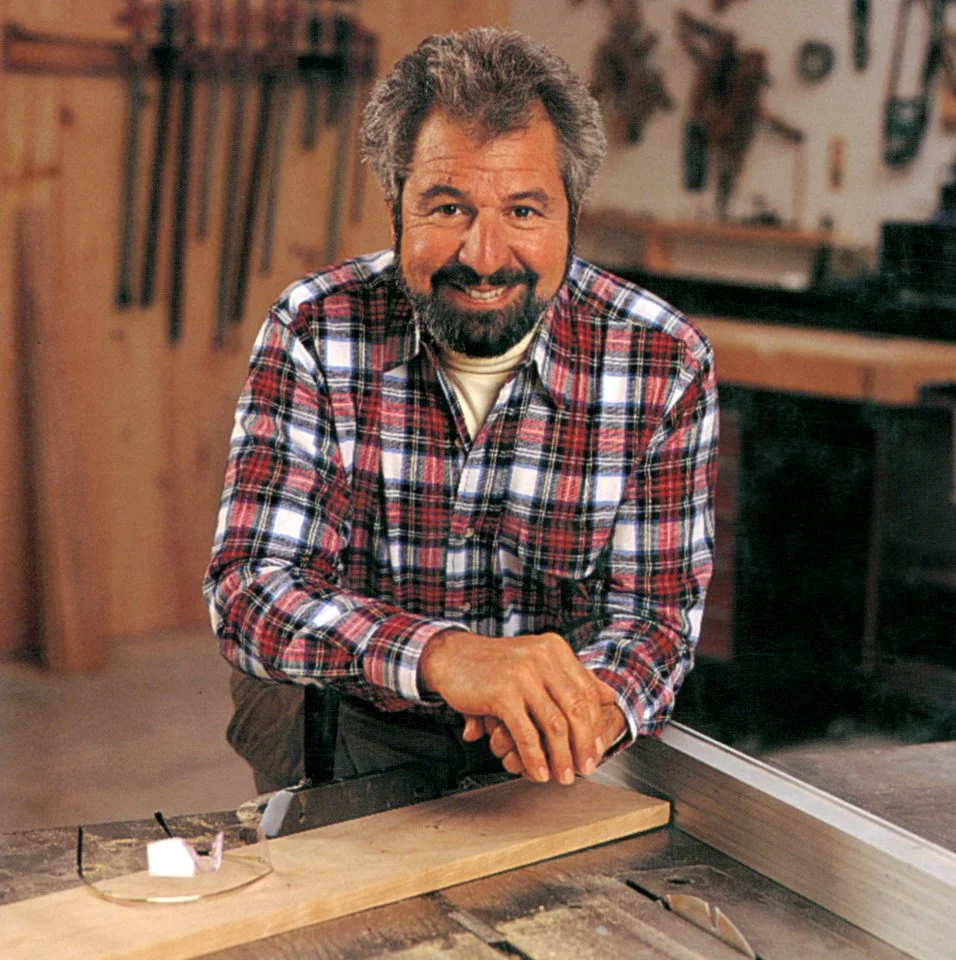
As for the Vila children – Susannah, Monica, and Christopher – they are just as elusive as their mother, and are believed to be enjoying lowkey lifestyles in Florida.
Philanthropy
In June 2020, Diana announced that The Fledgling Fund would be refocusing its strategy after 15 years in the social issue documentary field, and would not be reopening its application process or accepting proposals for new media projects. Since 2005, the foundation had funded over 400 projects, donated well over $14 million, and supported independent storytellers and likeminded organizations.
It appears that the sudden change was brought about by the coronavirus pandemic, as Diana said, “…over the past year or two we have been carefully thinking about how Fledgling can use its limited resources to improve the lives of vulnerable populations”. Staff cuts were another reason, as according to Diana, the foundation just didn’t have the internal resources to keep running things the old way.
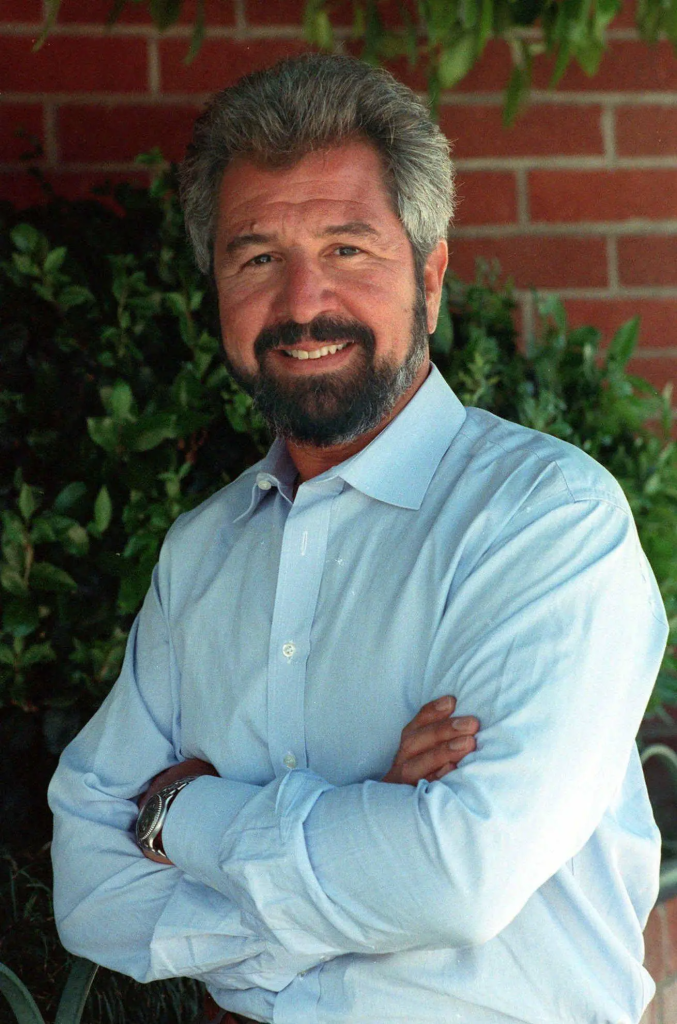
Having started out first and foremost as a family foundation, The Fledgling Fund spent the last few years secretly increasing its community-based funding to tackle health disparities and homelessness, and improve cultural organizations and youth services. When the first lockdowns and restrictions came about in 2020, Diana and the rest of the team contributed to relief funds to benefit families and individuals who were affected economically.
“Our board felt that it wasn’t appropriate to sit on resources in this crisis, and that we needed to contribute where we could, and do so quickly,” Diana explained. Sheila Leddy, the foundation’s executive director, decided to step down shortly afterwards, having found a position that better aligned with her thoughts and values.
It’s not clear what The Fledgling Fund is doing nowadays, as the website’s blog is no longer active, used only for archive purposes. Its past work includes an outreach and engagement fund to fund social documentaries, an engagement lab to help film teams maximize the impact of their projects, a rapid story deployment fund to provide grants, and an immersive storytelling initiation.
Norm Abrams
Having started off as a master carpenter on “This Old House”, with his affable personality serving as a foil for Bob’s sometimes hot-tempered ways, Norm has since become a successful TV personality, writer, and host. Norm was born on 3rd October 1949, in Woonsocket, Rhode Island, and raised in Massachusetts, where he studied business administration and mechanical engineering before dropping out to pursue more hands-on work.
After leaving college, Norm climbed up the ranks at a New England-based construction firm, and was soon promoted to site supervisor. Starting up his own business in 1976, the future star founded Integrated Structures Inc., a general contracting firm which operated until 1989. One of his first major solo projects was building a general store in Nantucket.
Norm’s life changed forever in 1979, when he took on a construction job for the TV producer Russell Morash. Russell was understandably impressed by Norm’s efficient work, and invited him to help renovate a dilapidated Victorian property in Dorchester, Boston which would later become the first project on “This Old House”.
https://www.youtube.com/watch?v=QAsfc7DguAw
Having proven himself to be a natural in front of the cameras, Norm was asked to appear as a regular on the series.
After almost a decade, Norm became the star of the show “The New Yankee Workshop”, a spin-off launched by Russell. For filming, they used the small building that Norm had built in Russell’s backyard nine years earlier. The show showcased furniture and other DIY projects, with Norm using a combination of avant-garde equipment and simple hand tools to achieve stunning results. The show was a roaring success during its 21 seasons but was suspended indefinitely when Norm wished to focus on other ventures.
Some of Norm’s achievements include being part of the board of trustees of Old Sturbridge Village in Massachusetts. In 2001, he delivered the commencement speech at Boston’s North Bennett Street School, which is known for teaching craftsmanship. He has also participated in the Generation NEXT apprenticeship program, and other initiatives aiming to educate the next generation of tradespeople.
Other endorsements include Norm’s starring role in “House of Hoops”, a series of Foot Locker commercials. He also made a cameo as himself in an episode of “Freakazoid”, appeared in the WGBH programs “Between the Lions” and “Where in the World is Carmen Sandiego?”, and has been seen on the Food Network’s “Ace of Cake” baking series.

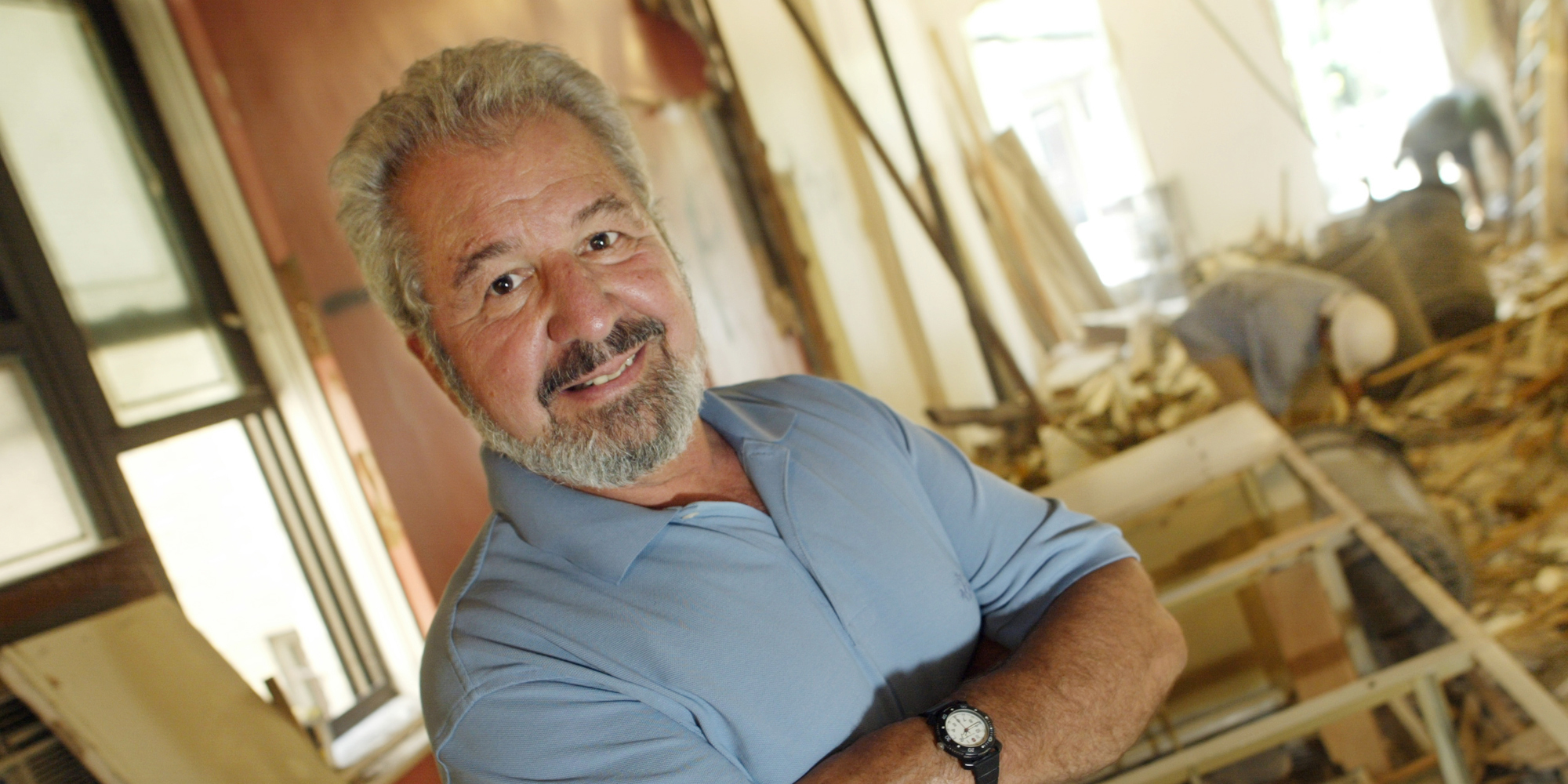
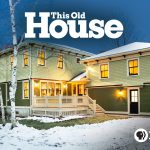
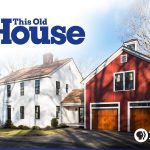

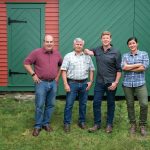

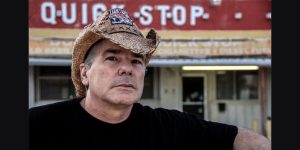
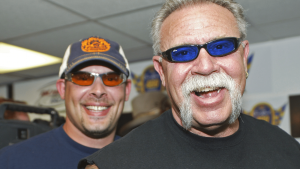


Leave a Comment